ANTD.VN - Vietnam's rice export price is the lowest in the world, but domestic rice prices remain high.
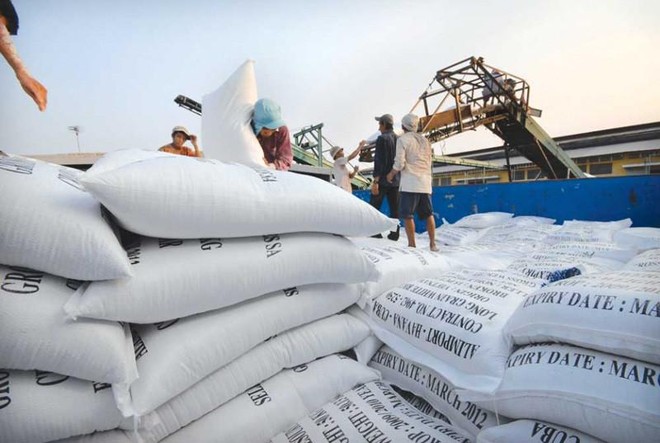 |
Domestic rice prices are higher than export rice prices. |
According to the Vietnam Food Association, on February 17, Vietnam's rice export price was still maintained at below 400 USD/ton. Specifically, 5% broken rice was being offered for sale at 395 USD/ton; 25% broken rice was being offered for sale at 372 USD/ton; 100% broken rice was being offered for sale at 310 USD/ton.
Meanwhile, the export price of rice from Thailand and India is mostly over 400 USD/ton. Thus, Vietnam's export price of rice is the lowest among the top 4 exporting countries, including India, Thailand and Pakistan.
The price of rice in the first months of 2025 is in contrast to last year, when India restricted exports and Vietnamese rice prices were the highest in the world. However, immediately after India resumed rice exports, rice prices in the market reversed.
However, in contrast to the export price of rice, the domestic price of rice remains high. In Hanoi, the price of Japanese jasmine rice is VND22,000/kg, Dien Bien jasmine rice is VND19,000/kg, and Thai jasmine rice is VND20,000/kg.
In Ho Chi Minh City, the price of blooming rice remains at 17,000 VND/kg, American fragrant rice at 19,000 VND/kg, and Nang Hoa rice at 23,000 - 24,000 VND/kg, almost unchanged from last year's peak price.
Regarding the fact that people are “selling” rice on the sidewalks in some provinces, experts believe that this is an opportunity for people to access cheap rice, while the retail price in the market is still high. However, this does not affect the market because the quantity is not large.
Speaking to the press, agricultural expert Hoang Trong Thuy also said that although rice exports have decreased, domestic rice prices have not decreased because intermediaries control prices. In addition, it usually takes 2-3 months for domestic rice prices to decrease following the export market.
"This is due to market factors, the state cannot regulate this" - the expert said.
Rice businesses also said that related costs such as transportation, storage, and labor have all increased, making it difficult for rice prices to decrease quickly. In addition, loss during storage is also a factor forcing many stores to maintain prices.
Meanwhile, at supermarkets, rice supply contracts between supermarkets and distributors are often long-term, so there is a delay in adjusting retail prices.
According to the report on the balance of supply and demand of commercial rice to serve the management of rice export in 2025 sent by the Ministry of Agriculture and Rural Development to the Ministry of Industry and Trade, the estimated production for the whole year in the Mekong Delta region is 3.778 million hectares, the average yield is estimated at 63.4 quintals/ha; the output is estimated at 23.965 million tons.
The Ministry of Agriculture and Rural Development proposed that the Ministry of Industry and Trade focus on boosting rice exports in months with large harvest output such as February, March, April, July, August and September in 2025; at the same time, strengthen trade promotion to expand rice export markets to ensure the export of all commercial rice, while ensuring harmonious interests between producers and exporting enterprises.
Source: https://www.anninhthudo.vn/gia-gao-xuat-khau-giam-trong-nuoc-van-cao-vi-sao-post603684.antd









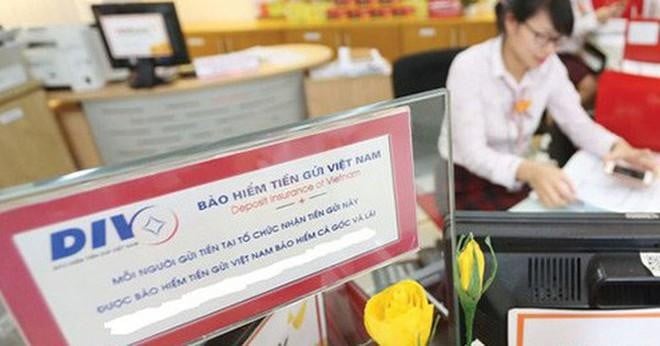

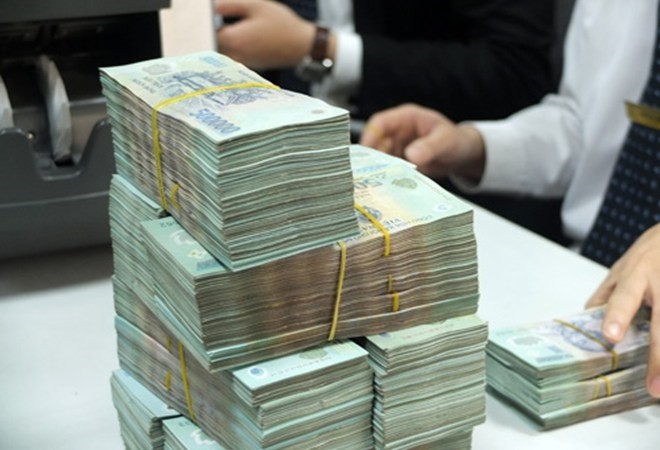
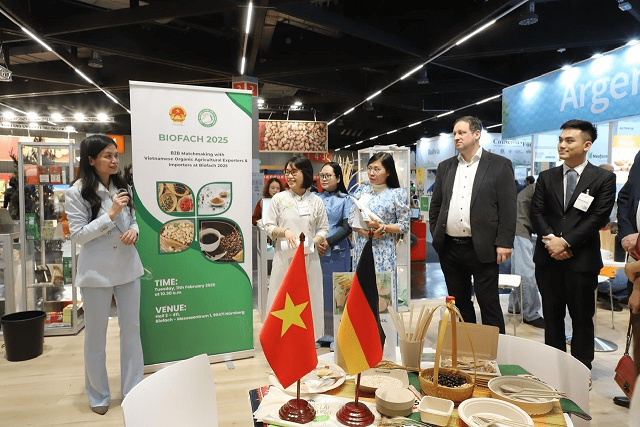





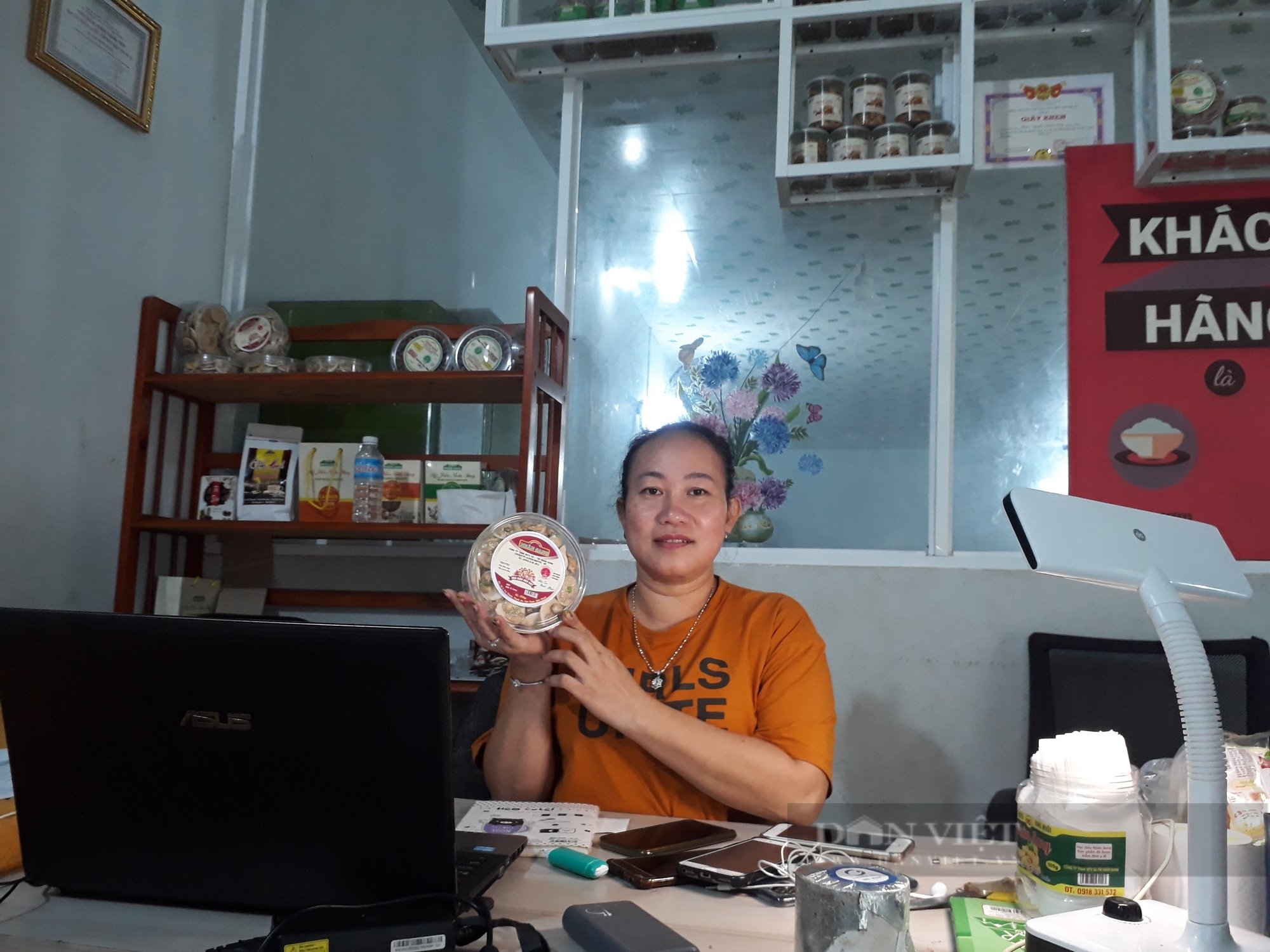







Comment (0)